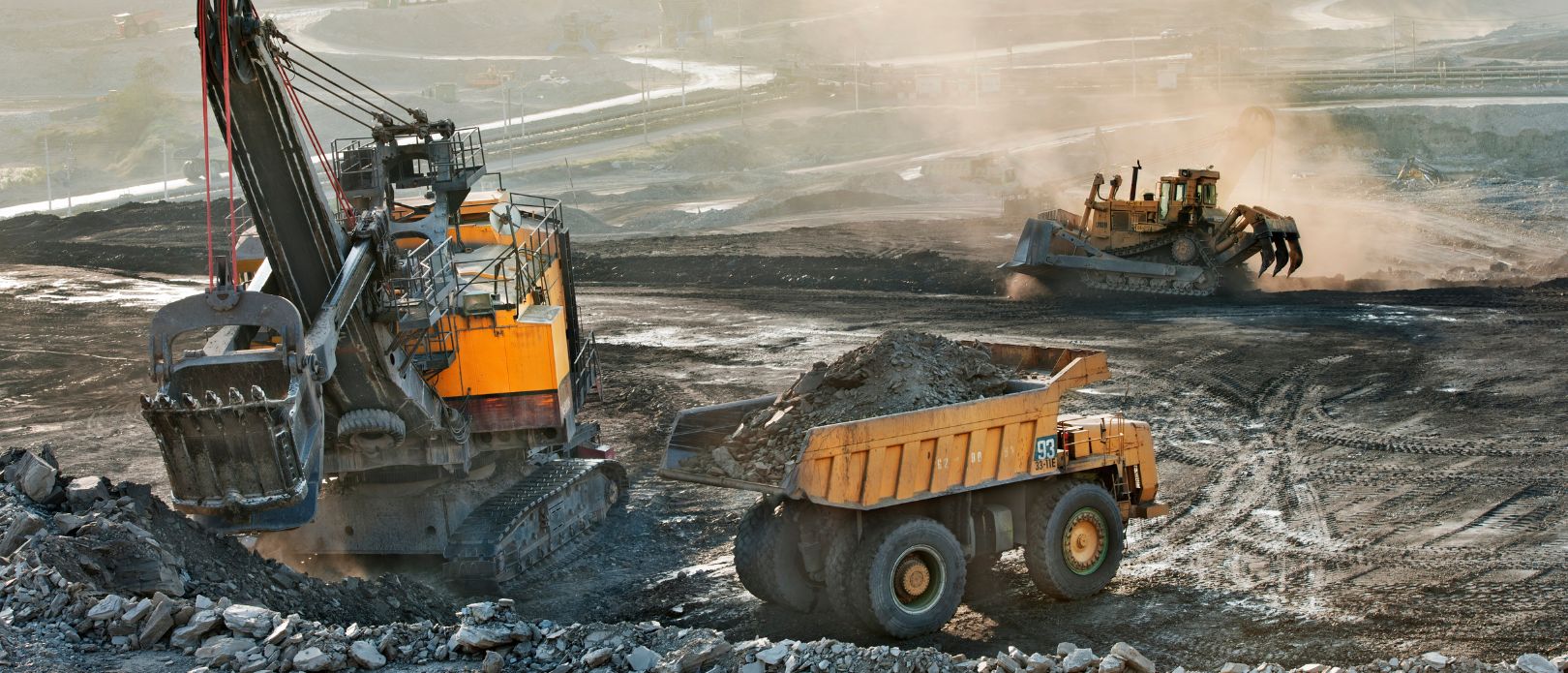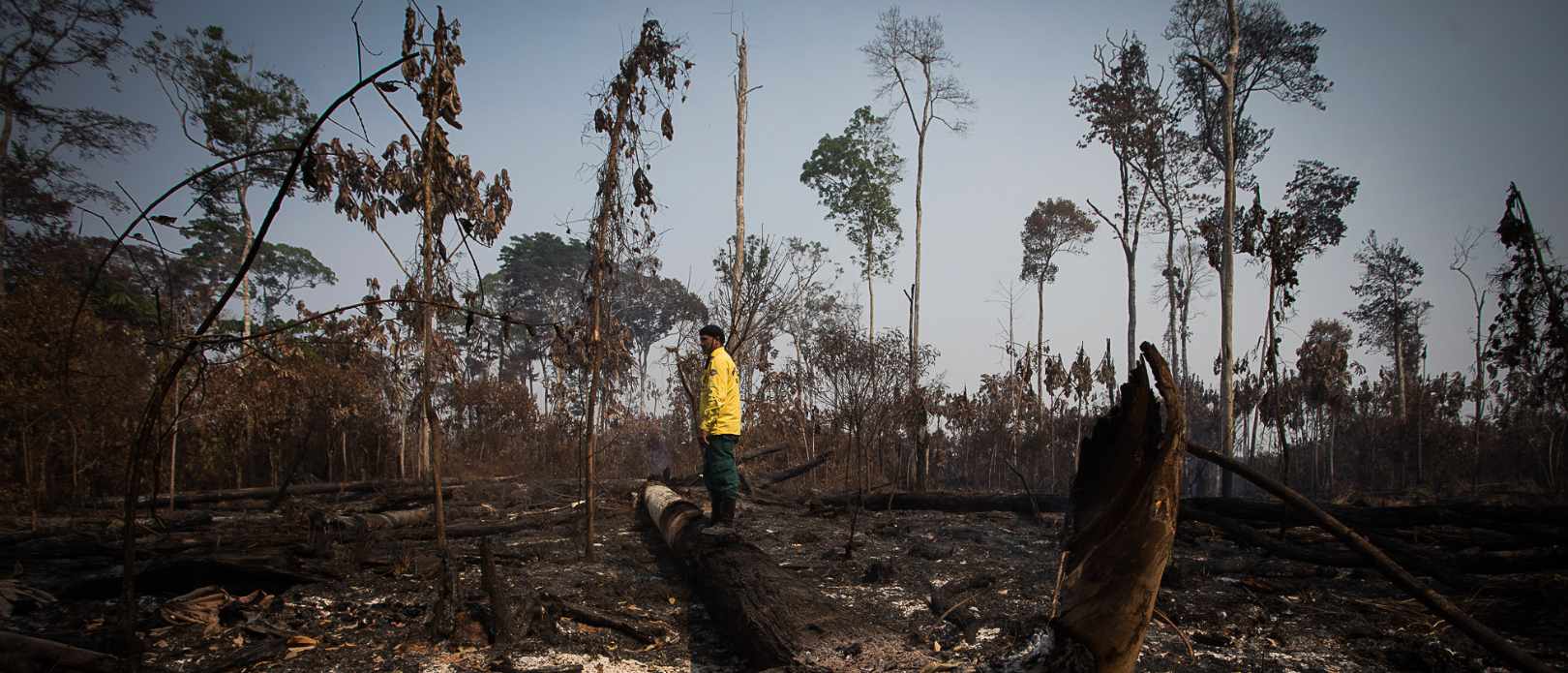corporate environmental impacts
New system guides businesses to act within planetary boundaries

Mining was the first sector to get tested using the new Earth System Impact score. Photo: No Glory's Images via Canva.
Only measuring carbon emissions will not help companies understand if they are on track in their sustainability work. A research team of ecologists and economists has developed a new reporting system: Earth System Impact, ESI
- Understanding nature-related impacts of corporate activities remains a significant challenge
- Scientists have built a new tool, the Earth System Impact score, that accounts for climate, land, and water systems
- The tool can improve assessments of corporate environmental impacts and support better decision-making
“Corporate sustainability reporting focuses too narrowly on environmentally related risks to the business, and generally neglects many environmental impacts of the firm, such as pollution, land use, and water consumption all of which affect biodiversity. Therefore, real corporate environmental performance is obscured”, says Centre professor Beatrice Crona who also is the head of the Global Economic Dynamics and the Biosphere program at the Swedish Royal Academy of Sciences.
Understanding nature-related impacts of corporate activities remains a significant challenge under rapidly developing international and European sustainability reporting frameworks. System ecologist Beatrice Crona worked together with a transdisciplinary team of researchers to address this challenge. Their research resulted in a new tool, the Earth System Impact (ESI) score, outlined in a new research paper published in the Journal of Cleaner Production.
The tool can improve assessments of corporate environmental impacts and support better decision-making by taking into account the important but largely overlooked interactions between climate, land, and water systems.
Centre researcher Steven Lade
“The tool can improve assessments of corporate environmental impacts and support better decision-making by taking into account the important but largely overlooked interactions between climate, land, and water systems and the amplifying effects this has on climate change”, explains Centre researcher Steven Lade, an Earth system scientist involved in developing the prototype tool.
It allows companies and their investors to estimate the planetary-scale impact of the company’s land use, its water consumption and its carbon emissions. As such it can provide a powerful tool to identify assets within a company that have a high Earth System Impact and should be prioritized for various improvement measures.
“We also hope that it can support institutional investors to sharpen their engagement with boards of companies that have high relative impact”, says Beatrice Crona.
Tested on mining
The researchers used the mining sector as a test case to illustrate the applicability of the ESI score. They assessed Earth System Impact for a sample of ten firms comprising the five largest mining companies in the precious metal mining sector and the non-precious metal mining sector, respectively.
“We found that many mining assets have non-negligible impacts on land and water. When we compared the ESI score to conventional carbon intensity scores, the ESI metric identifies a different set of assets for targeted action, based on their high land use and water consumption” says Giorgio Parlato, a researcher who conducted the analysis of the mining sector.
“This shows the added value of the tool”, he continues.
The findings of the study also show how important the geographic location of corporate activities is for understanding and estimating environmental, and particularly planetary-scale, impacts. Specifically, the research finds that very similar types of activities can have widely different impacts on the earth system depending on where they are located.
“This is because some parts of the planet play a disproportionally important role in the global carbon and hydrological cycle”, explains Steve Lade.
“We hope that by making this strong effect of location explicit to companies and investors, we can offer a means for them to begin to consider this effect when making investment decisions. In fact, it could be an important first step to trigger new conversations and eventually new sourcing strategies”, says Beatrice Crona.
Asset-level reporting is not a norm yet, but accounting for corporate land and water use will significantly increase our capacity to assess corporate environmental impact, and ensure it better matches the stated intentions of investors.
Centre professor Beatrice Crona, lead author
This ESI approach stands to provide not just investors but also policymakers and regulatory authorities with more accurate information regarding the impacts and potential environmental risks of corporate activities, thus allowing for a better understanding and management of these risks at a systemic level. Yet pension funds, insurance companies and other large asset owners have a particular vested interest in mitigating systemic risks. The work of the research team shows how the ESI score could provide a way for these investors to identify companies contributing to systemic risks in their portfolio, if (or when) company asset-level disclosures become available across all holdings.
“Asset-level reporting is not a norm yet, but accounting for corporate land and water use will significantly increase our capacity to assess corporate environmental impact, and ensure it better matches the stated intentions of investors. Ultimately, this will guide companies to move towards genuinely improved corporate sustainability” says Beatrice Crona.
ESG, CSRD, TNDF and ESI?
ESG stands for Environmental, Social and Governance, and it represents a broad spectrum of social, environmental and corporate governance issues that can have a direct or indirect financial impact relevant to companies and investors. Today, 90 per cent of S&P 500 companies publish ESG reports, but while most ESG ratings contain information on carbon emissions, fewer contain water consumption data, and almost none include information on land use.
TNFD stands for the Taskforce on Nature-related Financial Disclosures. It is a market-led, science-informed, and government-supported global initiative that provides organizations with recommendations and guidance on risk management and disclosure, helping them to act on evolving nature-related dependencies, impacts, risks, and opportunities. It aims to shift global financial flows away from nature-negative outcomes and towards nature-positive outcomes.
CSRD stands for the Corporate Sustainability Reporting Directive. This directive, which entered into force on January 5, 2023, enhances the rules on social and environmental disclosures required of companies. These rules are laid out in the European Sustainability Reporting Standards (ESRS). It also extends the scope of reporting to include a broader set of companies, including large unlisted firms and eventually small- and medium-sized firms in the EU.
ESI stands for Earth System Impact. The ESI impact score is a prototype metric that captures Earth system impacts beyond direct GHG emissions. In addition to direct GHG emissions and climate, ESI accounts for land and water components of the Earth system, as well as the interactions between them. This is combined with assessments of regional availability of land and water, and impacts on land and water by region and vegetation type. The resulting ESI impact score allows for more accurate estimations of how corporate activities impact earth systems at the planetary level, and what relative impacts can be distinctly traced to climate, land, and water systems.
Crona, B., Parlato, G., Lade, S., Fetzer, I. & Maus, V. 2023. Going beyond carbon: An "Earth sytem impact" score to better capture corporate and investment impacts on the earth system. Journal of Cleaner Production, 429, 139523.








